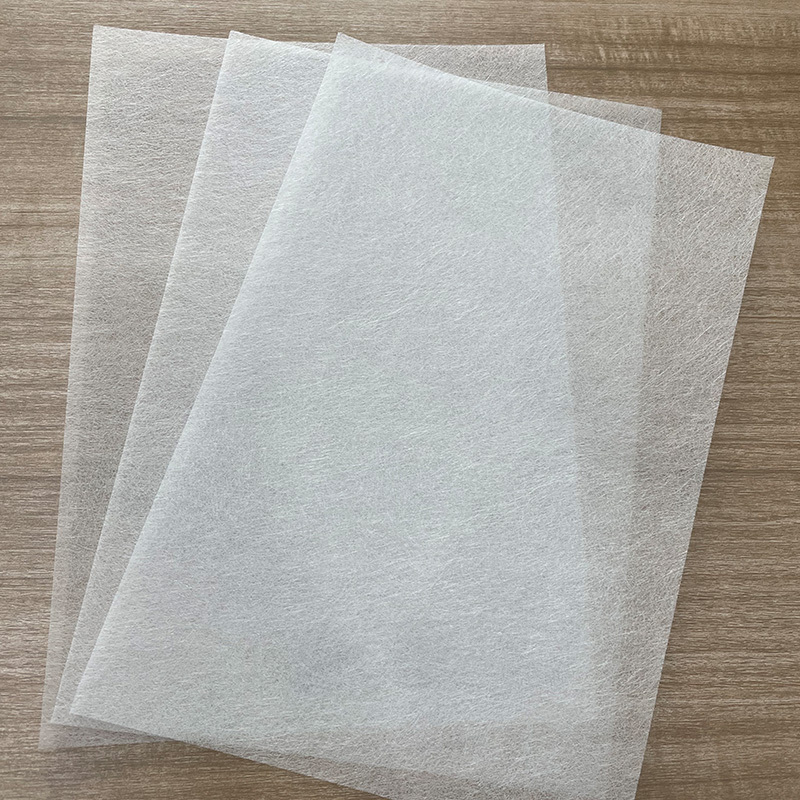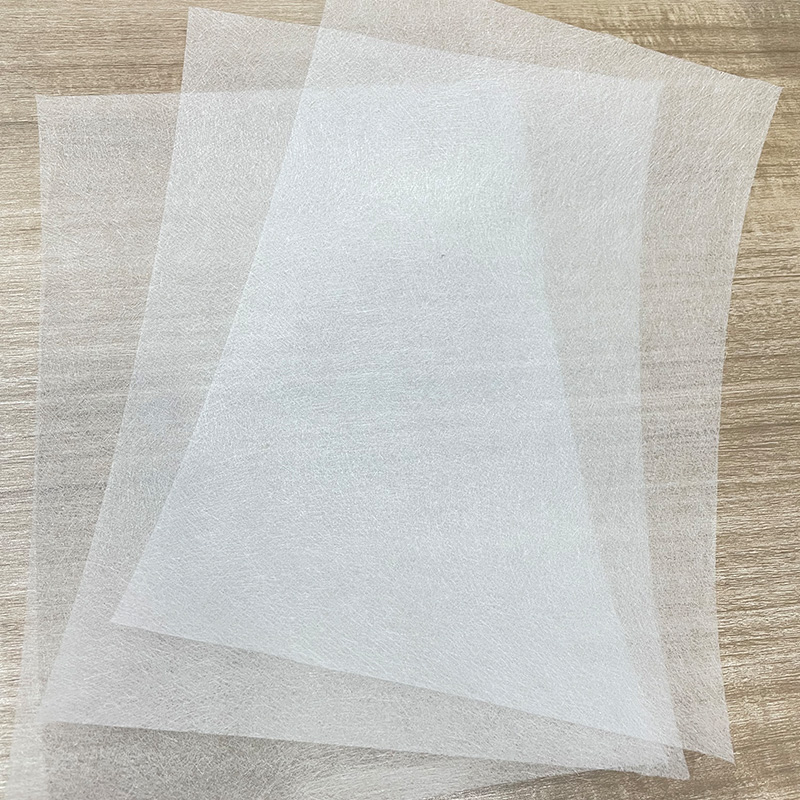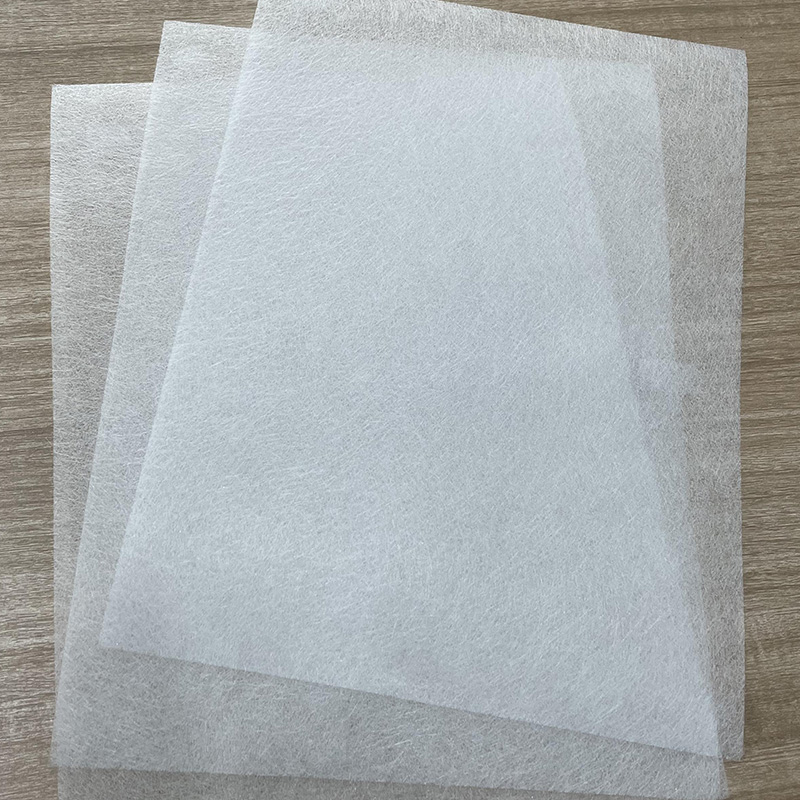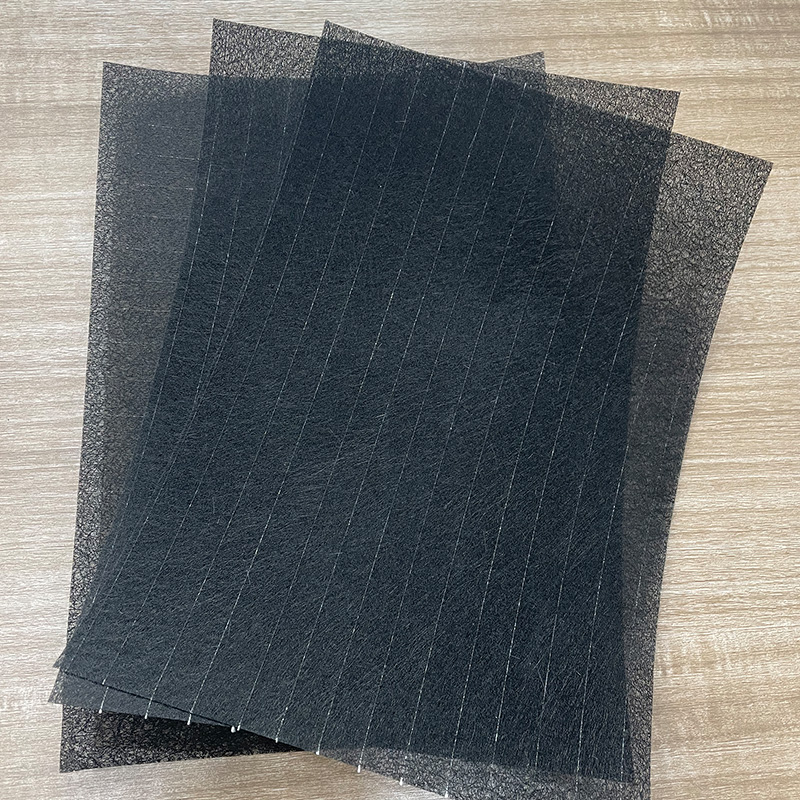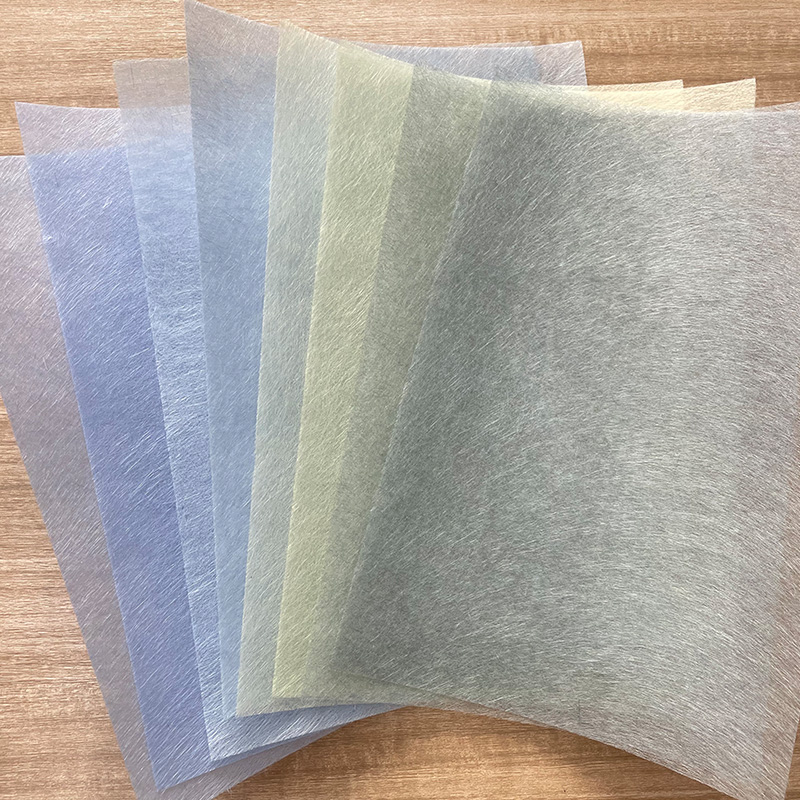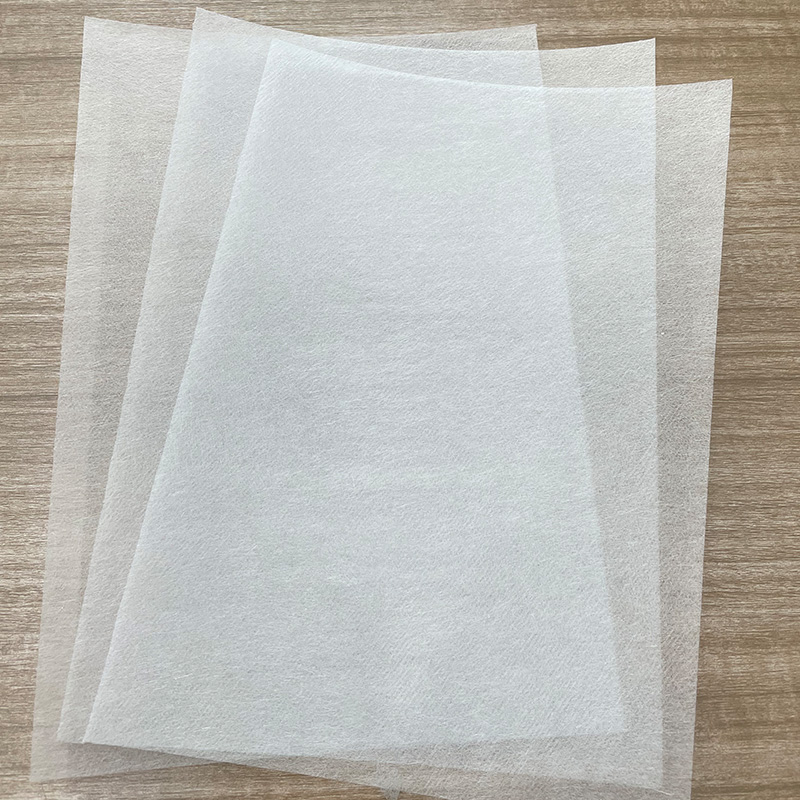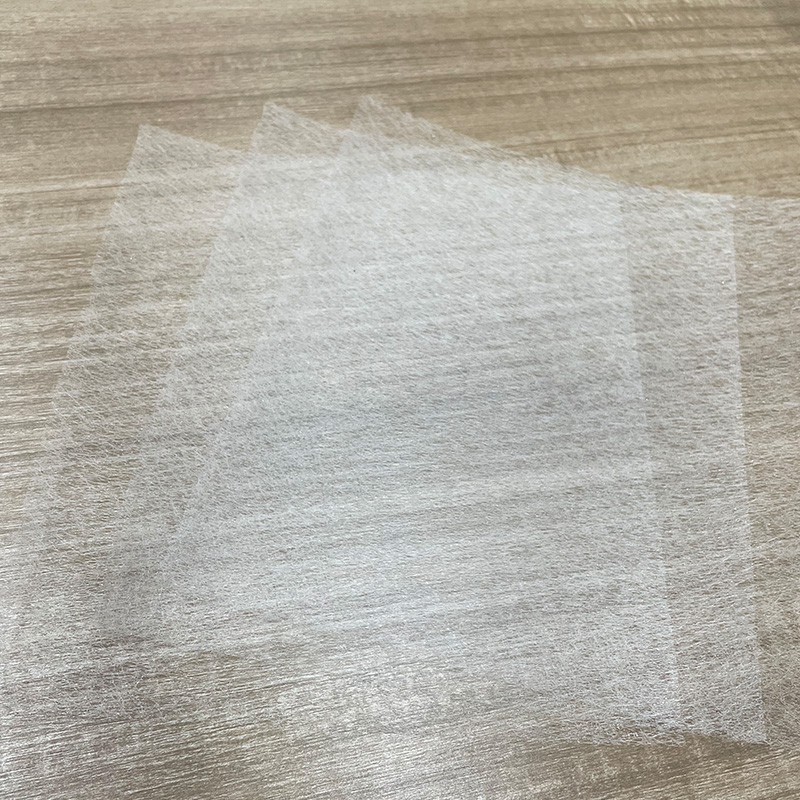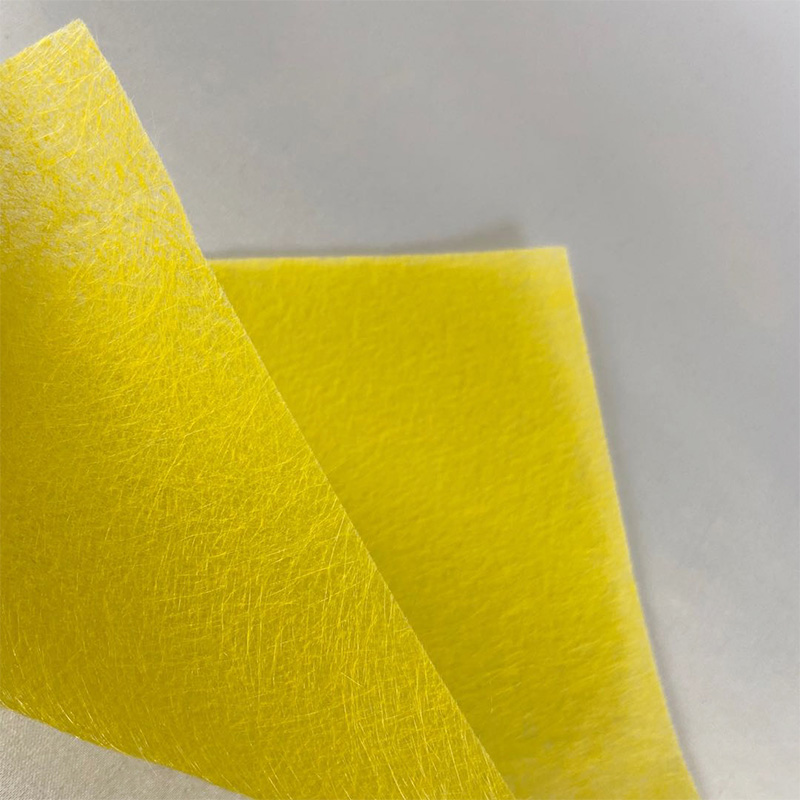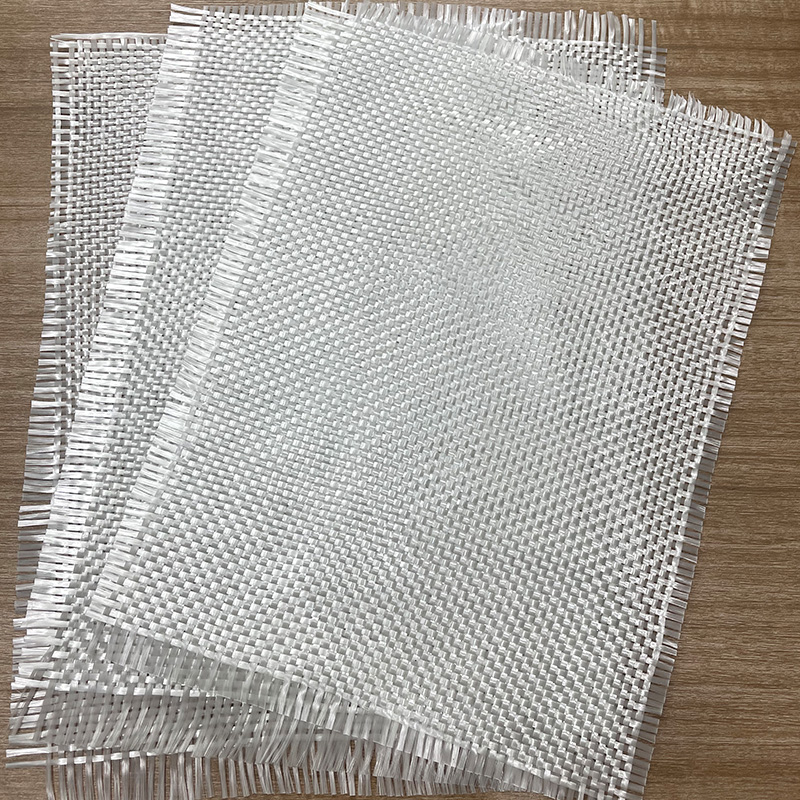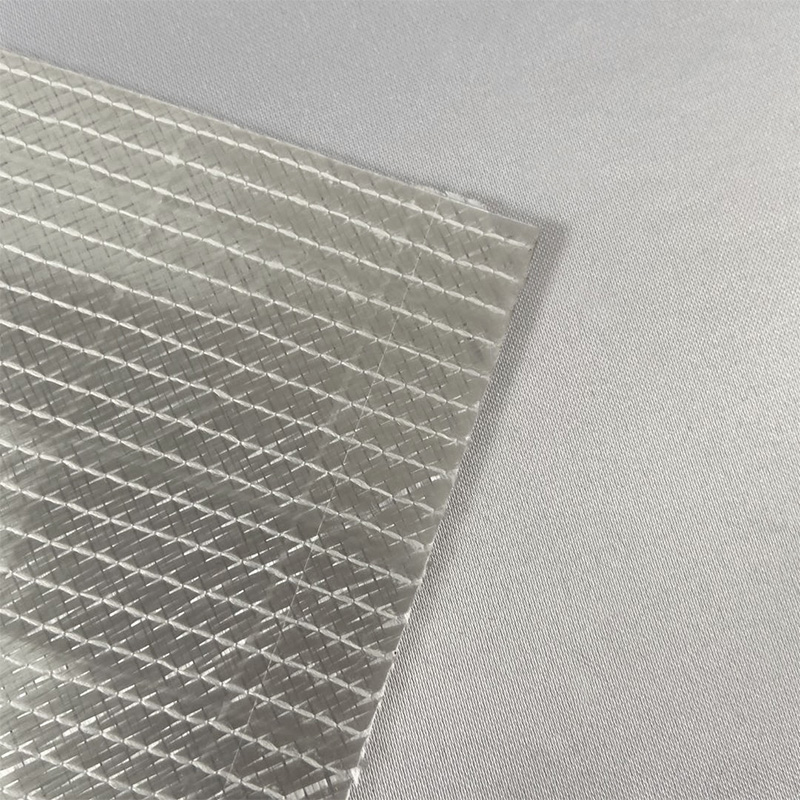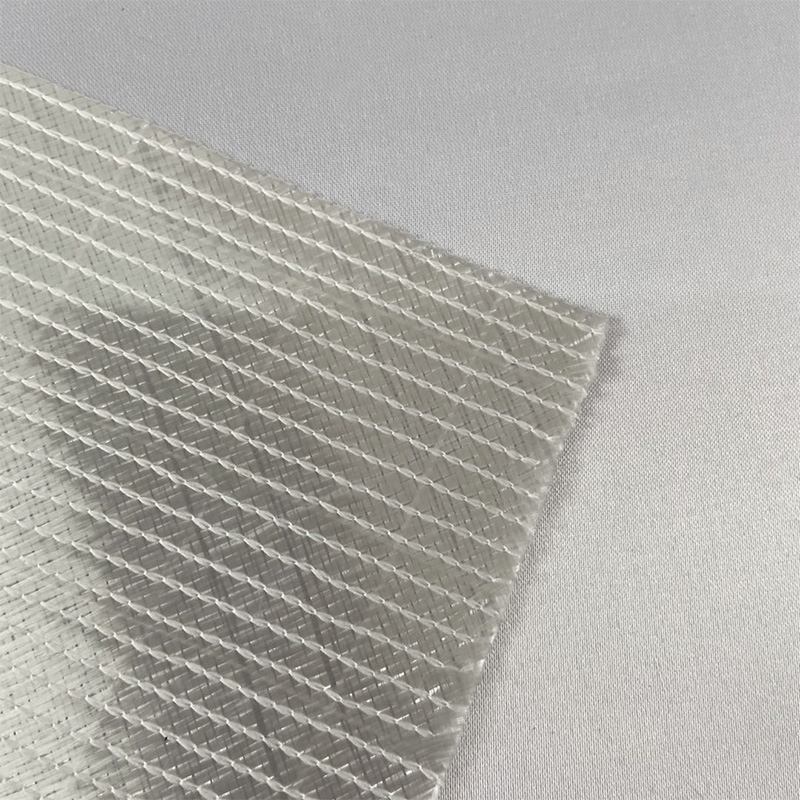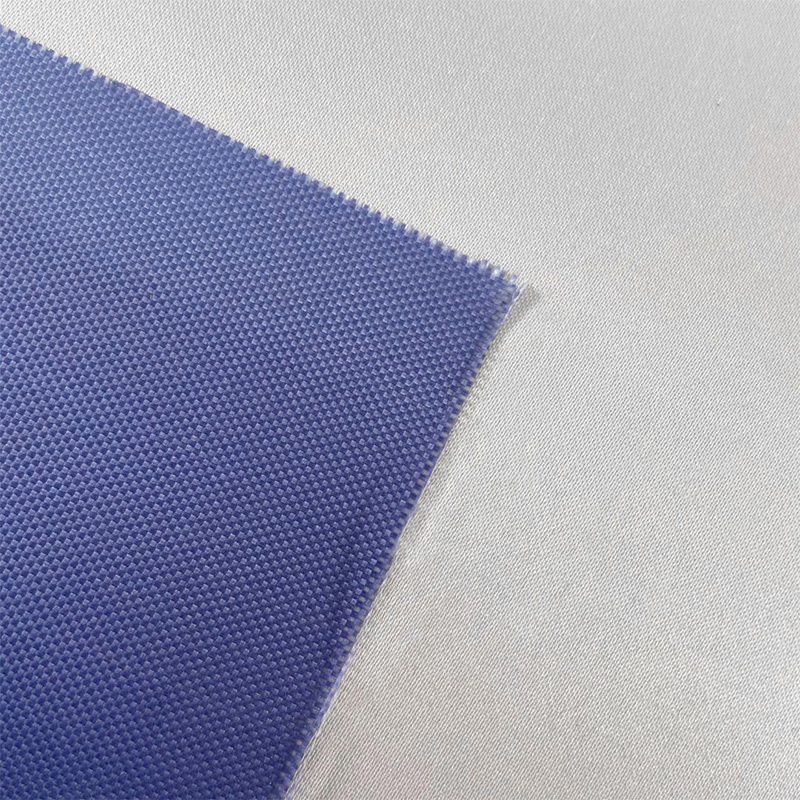In the field of building materials, Roofing Tissue is an important waterproof base material, and its performance characteristics are directly related to the overall quality and durability of the roof system. Among the many performance indicators, tear strength is undoubtedly an important yardstick for measuring the performance of Roofing Tissue.
Definition and importance of tear strength
Tear strength, in short, refers to the ability of a material to resist tearing damage when subjected to external forces. For Roofing Tissue, tear strength is a key indicator to measure whether it can effectively resist various physical damages (such as wind pressure, object impact, etc.) during use. Roofing Tissue with high tear strength can better protect the waterproof layer from damage, thereby extending the service life of the roof system and reducing maintenance costs.
Under extreme weather conditions, such as strong winds, heavy rains or hail, Roofing Tissue needs to withstand huge external force impacts. If the tear strength is insufficient, it may cause the waterproof layer to be damaged, which in turn causes leakage problems. Therefore, improving the tear strength of Roofing Tissue is crucial to ensure the safety and stability of the roof system.
Factors affecting tear strength
The tear strength of Roofing Tissue is affected by many factors, mainly including the following aspects:
Fiber quality: Fiber is the main component of Roofing Tissue, and its quality directly determines the strength of the material. High-quality fibers have better tensile strength and tear resistance, which can effectively improve the overall tear strength of Roofing Tissue.
Fiber distribution: The uniformity of fiber distribution in Roofing Tissue is also an important factor affecting tear strength. Evenly distributed fibers can form a stable network structure and improve the overall strength and toughness of the material.
Production process: The advancement and stability of the production process have an important influence on the tear strength of Roofing Tissue. The use of advanced production equipment and processes can ensure the uniform distribution of fibers and the density of materials, thereby improving the tear strength.
Additives: In the production process of Roofing Tissue, the appropriate addition of some reinforcing agents or modifiers can also effectively improve the tear strength of the material. These additives can form a stronger bond with the fibers and enhance the overall performance of the material.
Strategies to improve tear strength
In order to improve the tear strength of Roofing Tissue, manufacturers can adopt the following strategies:
Optimize fiber selection: Select high-quality, high-strength fibers as raw materials, such as polyester fibers, glass fibers, etc. These fibers have excellent mechanical properties and durability, and can significantly improve the tear strength of Roofing Tissue.
Improve production process: Introduce advanced production equipment and technology to optimize the production process. Ensure the uniform distribution of fibers and the density of materials by precisely controlling key links such as fiber laying, combing and molding.
Adding reinforcing agents: Add appropriate amounts of reinforcing agents or modifiers, such as nanomaterials, high molecular polymers, etc., during the production process of Roofing Tissue. These additives can form a stronger bond with the fibers and improve the tear strength and overall performance of the material.
Strengthen quality control: Establish a complete quality control system to conduct comprehensive testing and control of raw materials, production processes and product performance. Ensure that key indicators such as the tear strength of Roofing Tissue meet relevant standards and requirements.
The tear strength of Roofing Tissue is one of the important indicators to measure the quality of its performance. By optimizing fiber selection, improving production processes, adding reinforcing agents, and strengthening quality control, the tear strength of Roofing Tissue can be effectively improved, thereby ensuring the safety, stability and long-term durability of the roof system.
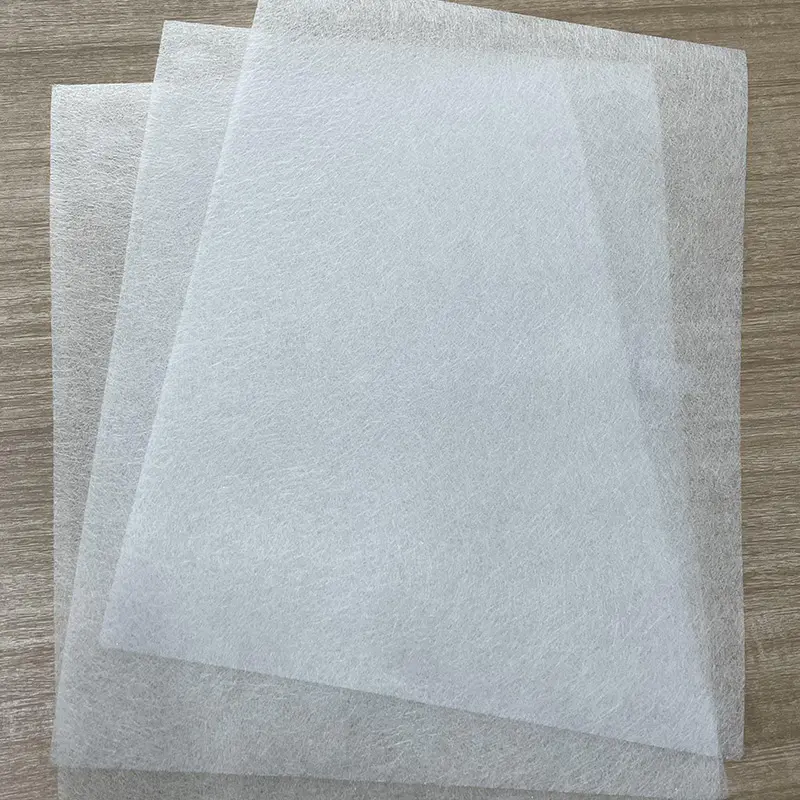

 English
English 中文简体
中文简体 русский
русский Español
Español